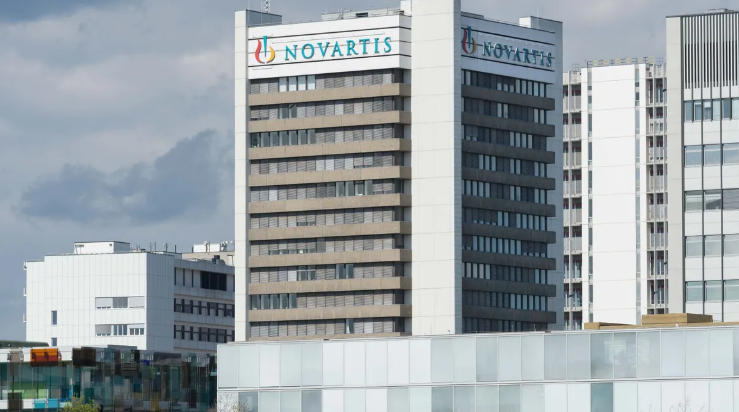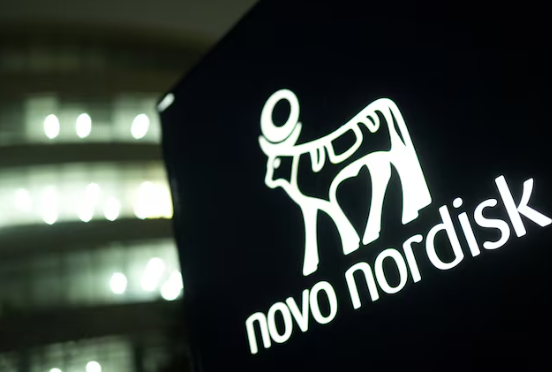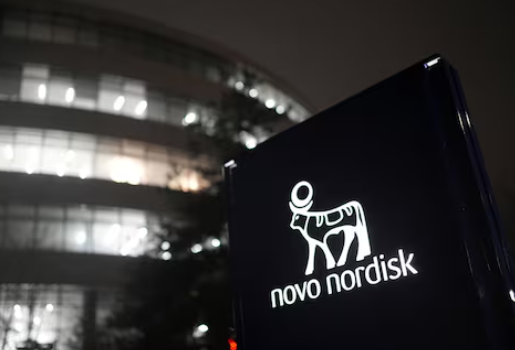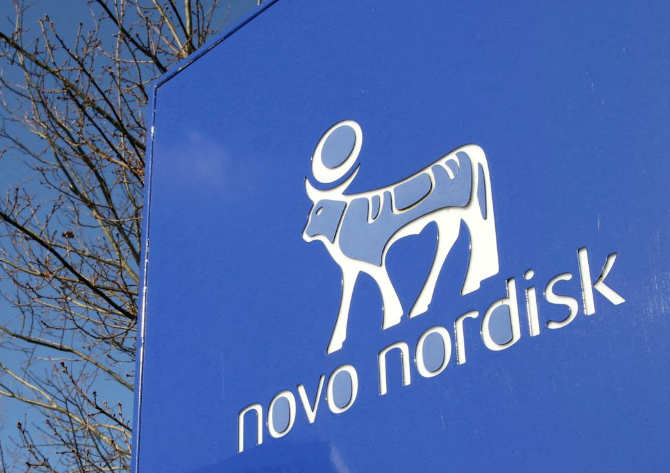Wedoany.com Report-Nov. 26, The U.S. Food and Drug Administration has approved Novartis’ new gene therapy Itvisma for spinal muscular atrophy (SMA) patients aged 2 years and older, including teenagers and adults with less severe forms of the disease.
Itvisma uses the same active ingredient as Novartis’ earlier Zolgensma, which is approved only for children under 2 years and administered intravenously with weight-based dosing. In contrast, Itvisma is a fixed-dose, lower-volume treatment delivered directly into the spinal fluid through a single intrathecal injection.
Approval was supported by a Phase 3 study involving 127 pediatric patients. Those receiving Itvisma showed an average improvement of 2.39 points on the 66-point Hammersmith Functional Motor Scale Expanded after one year, compared with 0.51 points in the sham-control group—a statistically significant difference. In patients who had previously discontinued Spinraza or Evrysdi, motor function scores remained stable one year after Itvisma administration.
Spinal muscular atrophy is a progressive neurodegenerative condition caused by insufficient SMN protein. Before 2016, most children with the severe form did not survive beyond age 2. Current approved treatments include Biogen’s Spinraza (intrathecal, maintenance dosing every four months), Roche’s Evrysdi (daily oral), and Zolgensma (one-time intravenous for infants). Itvisma now extends one-time gene replacement therapy to older children and adults.
“This new route of administration for a single dose of gene replacement therapy can mean so much more than what is measured by numbers on a functional motor scale — it could mean greater independence and freedom in activities of daily life,” said Kenneth Hobby, president of Cure SMA, in a Novartis statement. “This is another welcome advancement, and it represents real progress in expanding access for many older patients and addressing the unmet needs that remain in our community.”
The approval broadens treatment options for the SMA population, offering older patients the potential convenience and long-term benefits of a single-administration gene therapy while maintaining established safety and performance standards.















 京公网安备 11010802043282号
京公网安备 11010802043282号